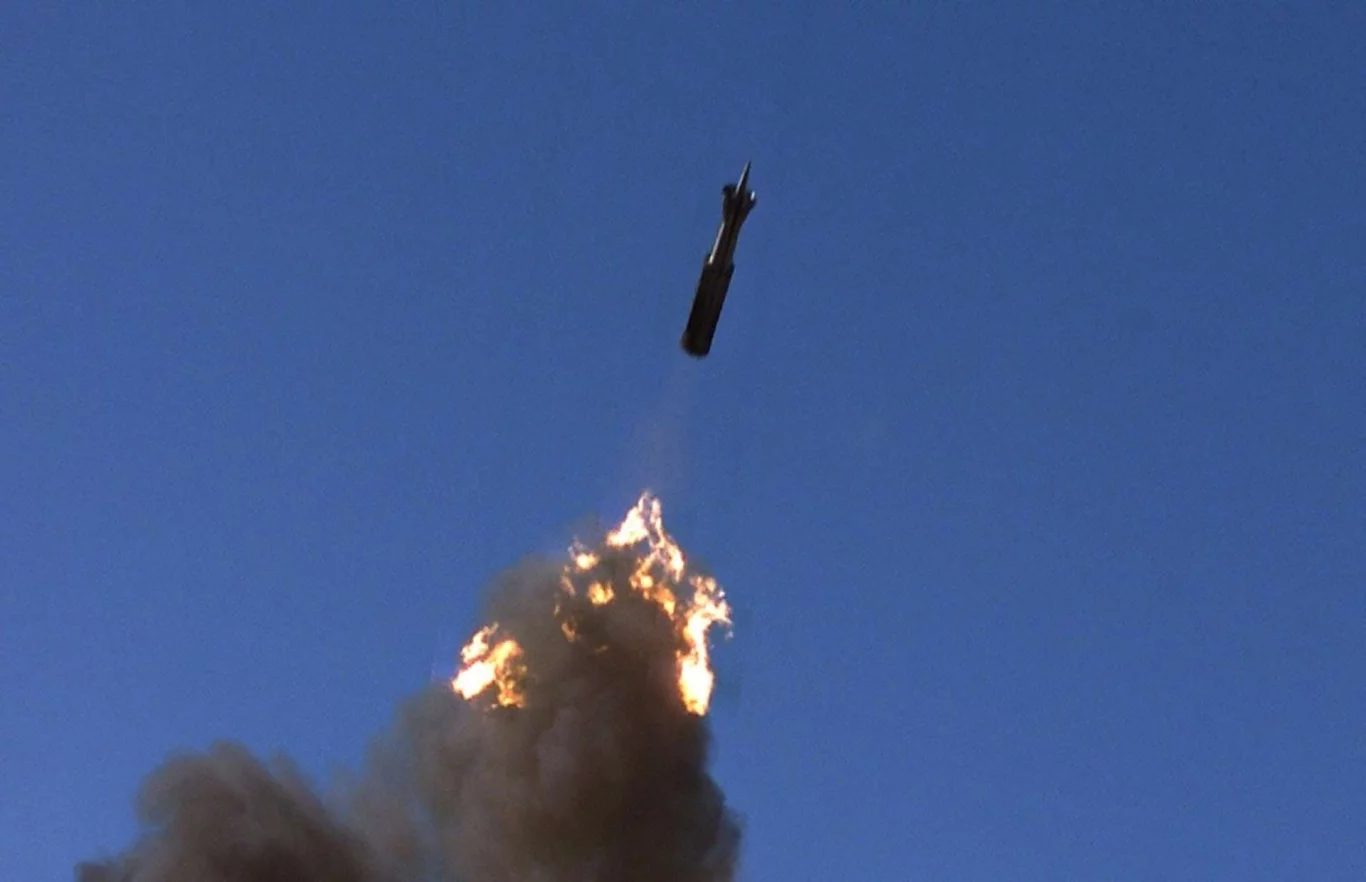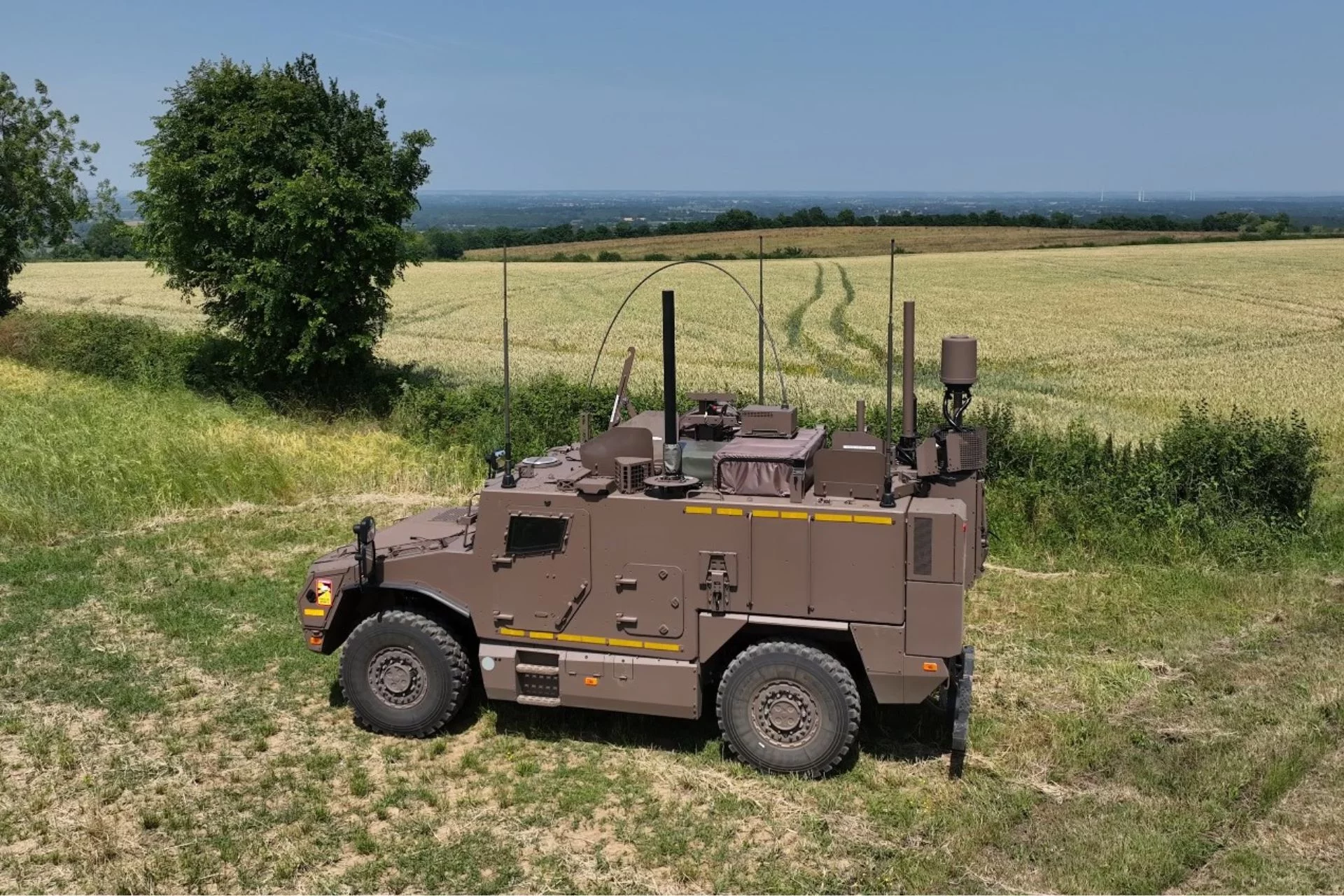In a groundbreaking development that could reshape modern warfare, BAE Systems, in close collaboration with the U.S. Army’s DEVCOM Armaments Center, has announced the successful test-firing of the innovative Scorpio-XR guided 155 mm artillery projectile. This milestone event took place on October 13, 2025, and involved multiple shots that not only met but dramatically surpassed the predefined test objectives, demonstrating unprecedented range and precision capabilities. Previously designated as the XM1155-SC, this advanced round is fully compatible with NATO-standard 52-caliber Joint Ballistics Memorandum of Understanding (JBMoU) howitzers, and experts are hailing it as a game-changer that could effectively more than double the effective reach of contemporary cannon artillery systems when integrated with cutting-edge sensor technologies. This achievement aligns perfectly with the U.S. Army’s ongoing emphasis on enhancing long-range precision fires, a critical component of its modernization strategy aimed at maintaining superiority in high-intensity conflicts.
The announcement from BAE Systems highlights the rigorous testing process that culminated in this success. Jason Casciotti, BAE’s program director for Combat Systems Development, described the test as a “major achievement,” emphasizing the rapid progress and momentum building toward deploying precision-guided munitions at the division level. This isn’t just about firing farther; it’s about fundamentally transforming how artillery units operate on the battlefield, allowing them to engage targets with pinpoint accuracy from safer standoff distances. The Scorpio-XR represents the evolution of artillery technology, bridging the gap between traditional unguided shells and sophisticated missile systems, all while being launched from existing howitzer platforms that many armies already have in their inventories.
At its core, the Scorpio-XR is a highly maneuverable, gun-launched 155 mm projectile engineered to tackle both stationary and mobile targets with lethal efficiency, even at extreme ranges. Its design incorporates several key features that set it apart from legacy munitions. For starters, it adheres strictly to JBMoU standards, ensuring seamless integration with 52-caliber howitzers used by NATO allies and U.S. forces alike. The guidance system relies on GPS-aided navigation supplemented by advanced seeker technologies, which provide resilience against electronic warfare (EW) threats—a growing concern in modern battlefields where adversaries increasingly deploy jamming and spoofing tactics to disrupt precision strikes. Moreover, the projectile’s robust construction allows it to withstand the extreme forces of gun launch, estimated at 15,000 to 20,000 times the force of Earth’s gravity (g-forces), without compromising its internal systems or accuracy.
One of the most impressive aspects of the Scorpio-XR is its sub-caliber airframe, which optimizes aerodynamics for extended flight paths, combined with onboard propulsion that propels it beyond 70 kilometers. This range capability is a significant leap forward; for comparison, current guided rounds like the Excalibur, produced by Raytheon, typically achieve around 50 kilometers from 52-caliber tubes and up to 70 kilometers from longer 58-caliber guns. BAE Systems claims that the Scorpio-XR can more than double the reach of existing cannon munitions when paired with advanced targeting sensors, enabling division-level artillery to strike deep into enemy territory—potentially disrupting command centers, supply lines, or armored formations before they can pose a threat. This extended envelope shifts the tactical calculus, allowing commanders to contest anti-access/area denial (A2/AD) environments without risking forward-deployed assets to counter-battery fire or aerial threats.
The development of the Scorpio-XR stems from the U.S. Army’s Extended Range Artillery Munitions Suite (ERAMS) program, which has explored various technological trade-offs to achieve greater standoff distances. These include enhancements in post-launch propulsion for sustained flight, optimizations for higher muzzle velocities to increase initial kinetic energy, and improvements in aerodynamic lift to maintain trajectory over long distances. All of this is packaged around a lethal warhead and a guidance suite capable of operating in GPS-denied or degraded environments, drawing lessons from real-world conflicts like the ongoing war in Ukraine, where electronic warfare has proven decisive in neutralizing precision-guided weapons. The program’s transition from early science and technology phases to active product management underscores the maturity of these concepts, with successful demonstrations of gun-launch survivability and extended-range performance paving the way for broader adoption.
Prior testing phases have further validated the Scorpio-XR’s versatility across different platforms. BAE Systems and the U.S. Army have conducted firings from a variety of tube lengths, including the 39-caliber configurations found on M109 Paladin self-propelled howitzers, the standard 52-caliber NATO tubes, and even experimental 58-caliber Extended Range Cannon Artillery (ERCA) testbeds. An earlier test series at the Yuma Proving Ground in Arizona set a new distance record for guided shots from a Paladin, utilizing the XM1155-SC prototype with compact, GPS-aided guidance embedded in a streamlined sub-caliber body that fits seamlessly into existing supply chains. The most recent firings have confirmed full JBMoU compliance on 52-caliber systems, bolstering the argument for expedited integration into U.S. and allied forces without requiring extensive hardware modifications.
This capability is particularly timely given the U.S. Army’s top modernization priorities, which consistently prioritize long-range precision fires as essential for future operations. Independent analyses from think tanks like RAND and the Center for Strategic and International Studies (CSIS) have repeatedly stressed that success in high-intensity conflicts will depend on standoff strike systems resilient to heavy electronic jamming, persistent intelligence, surveillance, and reconnaissance (ISR), and layered air defenses. As the Army reevaluates its howitzer modernization efforts—shifting focus from entirely new platforms to advanced munitions that enhance legacy systems—the Scorpio-XR emerges as a cost-effective enabler. It extends the operational reach of division artillery, forces adversaries to rethink their defensive postures, and provides a lower-risk pathway to achieving overmatch in diverse theaters, from the forests and plains of Europe to the vast expanses of the Indo-Pacific.
For U.S. Army fire brigades, the Scorpio-XR offers a transformative tool to breach A2/AD bubbles while minimizing exposure for gun crews. Its inherent maneuverability ensures it can adjust mid-flight to engage evasive or relocating targets, maintaining lethality even under contested conditions. By leveraging existing platforms such as the M109-series and other JBMoU-compliant 155 mm howitzers, the projectile accelerates deployment timelines and bolsters magazine depth—crucial in scenarios where counter-battery radar, drones, and rapid enemy responses demand agile “shoot-and-scoot” tactics. This not only enhances survivability but also amplifies the overall firepower available to maneuver forces, allowing artillery to play a more dynamic role in joint operations.
In broader strategic terms, the Scorpio-XR aligns with evolving doctrines that emphasize distributed lethality and multi-domain operations. By enabling cannon artillery to contribute to deep-strike missions traditionally reserved for missiles or aircraft, it reduces dependency on scarce high-end assets and diversifies the threat matrix presented to opponents. As global tensions rise and peer competitors invest heavily in integrated air and missile defenses, innovations like this ensure that U.S. and allied forces retain the initiative, capable of delivering precise, overwhelming effects from unexpected vectors.




